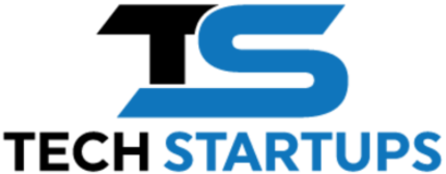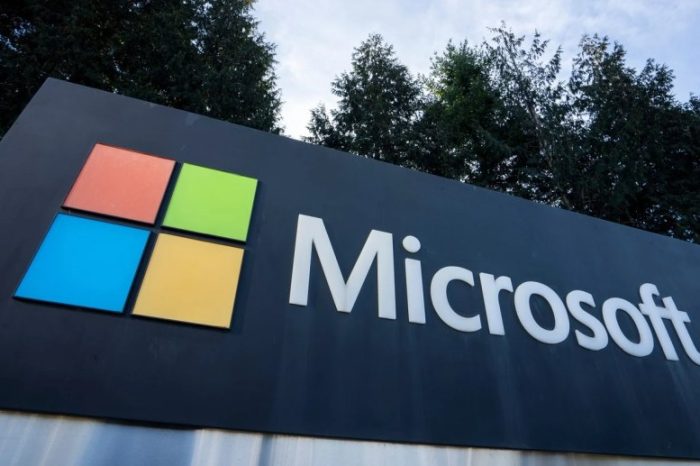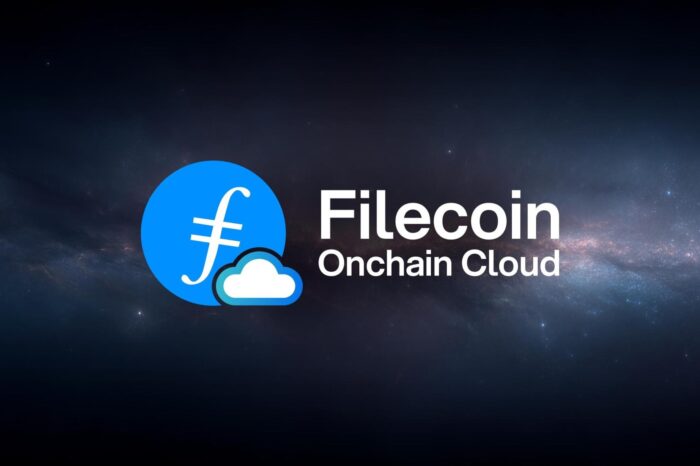Lovable surges to $200M ARR in 12 months as AI vibe-coding startup eyes a $6B valuation

Lovable’s rise hasn’t followed the usual startup arc — it’s torn straight through it. The Stockholm-based AI coding startup confirmed on November 18 that it has hit $200 million in annual recurring revenue, a figure backed by Bloomberg and Reuters.
The milestone arrives as the company enters talks for a new financing round that could lift its valuation past $6 billion, marking one of the most aggressive climbs the software industry has seen in years.
“Lovable, a Swedish artificial intelligence coding startup, said it has reached $200 million in annual recurring revenue, a sign of rapid growth that’s allowing the company to raise funds less than five months after its last round,” Bloomberg reported.
The pace is hard to ignore. Just five months ago, Lovable closed a $200 million Series A at a $1.8 billion valuation. Before that, it was a viral open-source experiment that founder Anton Osika built from his home after a morning walk sparked the idea that software creation shouldn’t be limited to trained developers. Over the past year, investors, analysts, and platform data have provided a vibrant, rich trail confirming just how fast this company has moved.
The Origin: A Physics Background, an Open-Source Breakout, and a Massive Gap in the Market
Osika — a former physicist — first drew attention through GPT Engineer, an open-source project that showed the earliest version of his idea. As he later wrote, “Less than 1% of the global population can code.” That gap revealed a market far larger than most developer-first AI tools were considering, and early contributors quickly pushed the project beyond hobby status.
Lovable launched publicly in late November 2024, after months of community feedback and the first wave of user experiments. By February 2025, it had already secured a $15 million pre-Series A led by Creandum, hit $17 million ARR, and converted 30,000 paying customers — numbers confirmed directly by investor updates and company filings. The efficiency raised eyebrows: just $2 million spent before reaching that traction.
Record-Setting Growth Confirmed by Data, Investors, and Platform Metrics
When Lovable disclosed $75 million ARR this summer, the figure aligned with Stripe usage data showing broad international penetration — more than 150 markets, triple the median of the platform’s fastest-growing AI startups. By June, the company had reached $100 million ARR, a pace that consultants and analysts tracking SaaS benchmarks considered unprecedented. No previous software company had crossed nine figures that quickly.
The company now reports 2.3 million active users, 180,000+ paying subscribers, and more than 10 million projects created, a dataset that aligns well with the growth seen across its peer segment in AI-assisted software creation. User stories have further validated how the product is being used: an 11-year-old in Lisbon recreated a Facebook-style social network for his school, a Swedish pair built a young company now generating $700,000 annually, and a Brazilian edtech firm built an app that earned $3 million in 48 hours.
These aren’t marketing stories; many have been independently shared on X, GitHub, or through the company’s own revenue dashboards.
How Lovable Works: Software Creation Through Conversation
Lovable’s pitch centers on “vibe coding” — a workflow where users describe a product in plain language and the system generates production-grade code. The platform handles debugging, integrations, design imports, versioning, and deployment. The experience targets non-technical creators instead of professional developers, placing it in a different category than tools like Cursor, which focus on assisting engineers rather than replacing early-stage coding entirely.
The model is freemium, with usage-based pricing on higher tiers. That structure has been validated by industry analysts who track SaaS monetization patterns; the usage curve mirrors the adoption trend seen in consumer creativity tools but with recurring revenue closer to business software. Internal retention figures — 85% returning within 30 days — place it among the most sticky AI tools launched in the past two years.
A Funding Race Fueled by Clear Market Demand
With revenue doubling every few months, Lovable is now exploring a funding round valuing the company above $6 billion, according to Bloomberg’s reporting, which cited a person familiar with the talks. Forbes confirmed early-stage details as well. The timing lines up with previous cycles in the AI coding sector — Cursor recently raised at a $29.3 billion valuation, Replit has seen its visibility fall, and the market for agentic creation tools has tightened around winners with strong distribution and user retention.
Osika has been transparent about the company’s runway and targets. He wrote earlier this year that Lovable was adding $8–$15 million in ARR monthly, aiming for $250 million ARR by year-end and $1 billion within twelve months. While those goals are ambitious, they align with the current monthly growth rate and the surge in creation-based AI tools.
Momentum Meets Real-World Skepticism
The growth hasn’t come without questions. Google Trends data and Barclays research from mid-2025 showed a 40% drop in search activity for vibe-coding tools after a spring peak. Developers have raised concerns about AI hallucinations creating subtle bugs. Enterprises worry about compliance, and industry research from Stanford shows a 20% decline in entry-level developer jobs since 2022 — a shift that tools like Lovable directly influence.
These points don’t undercut the company’s numbers, but they do frame the risk landscape. For every success story, there’s an ongoing debate about how much AI-driven creation should — and can — replace human development work.
A Turning Point for How Software Gets Built
Osika shared earlier this year that the idea for Lovable came from a quiet morning walk. The real test is what happens now that the product has become a global force. Kids are building social apps. Teachers are creating tools for their classrooms. Established companies like Klarna and HubSpot are using Lovable internally for quick prototypes.
Across interviews and filings, the company’s position is clear: Lovable isn’t trying to speed up coding. It’s trying to remove it as a barrier for the majority of people who have ideas but lack technical skills.
$200 million ARR in twelve months is one proof point. A $6 billion valuation is another. Whether Lovable sustains this pace or eventually levels off, the shift underway is unmistakable: software creation is moving closer to conversation-based tooling, and this Swedish startup is sitting at the center of that shift.
Right now, no other company in its category is growing at this speed — and investors know it.




